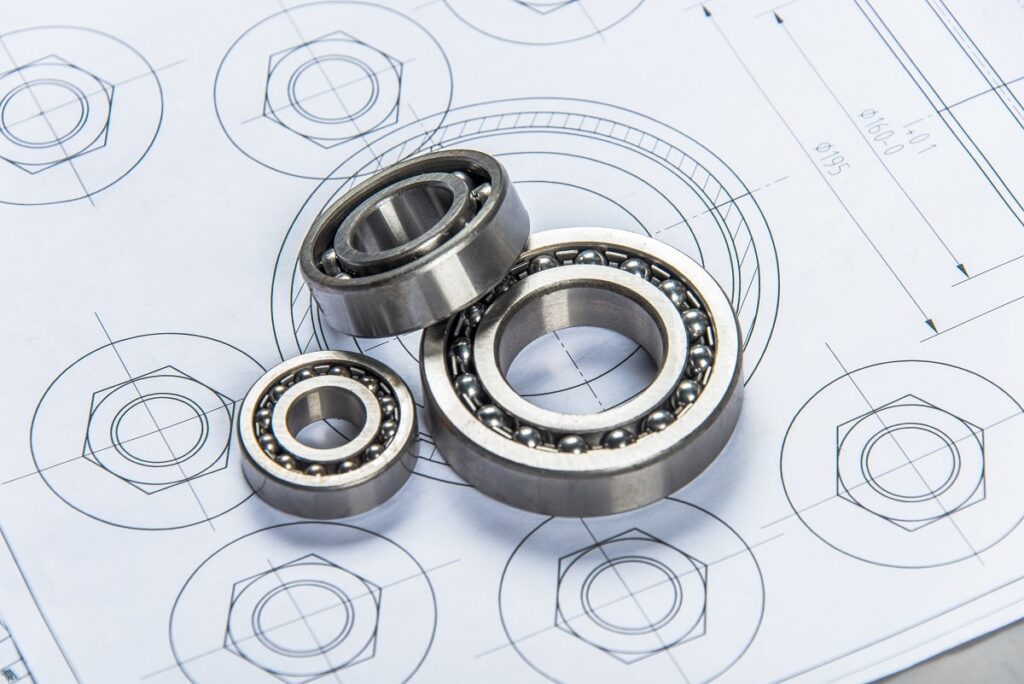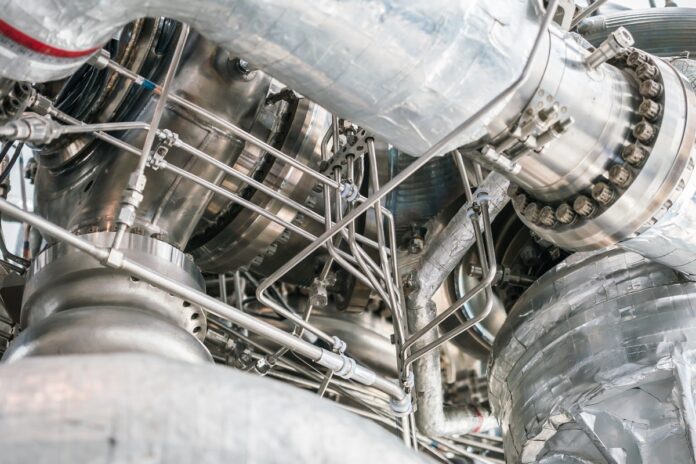Fluid mechanics is a fascinating field that quietly shapes our world in profound ways. While it might not grab headlines like the latest tech gadget or scientific breakthrough, the principles of fluid mechanics are at work all around us, influencing everything from the design of airplanes to the flow of water in our homes. In this exploration of fluid mechanics basics, we’ll take a journey into the heart of this crucial scientific discipline without getting lost in equations or complex mathematical concepts. Instead, we’ll focus on the fundamental principles, real-world applications, and the everyday marvels that fluid mechanics helps us understand.
Table of Contents
What is Fluid Mechanics?
Fluid mechanics investigates concepts like fluid flow, pressure changes, and fluid forces. It plays a crucial role in engineering, helping design everything from aircraft to pipelines. It’s also used to understand environmental phenomena like weather patterns and ocean currents.
Key areas include fluid dynamics, which deals with the forces behind fluid motion, and fluid statics, which examines fluids at rest. Researchers use experiments and mathematical models to delve into fluid behaviors, from turbulent flows to laminar ones.
In essence, fluid mechanics is essential for solving practical problems related to fluid motion and is fundamental in many engineering and scientific applications.
The Four Key Concepts Fluid Mechanics
Fluid mechanics revolves around four fundamental principles:
- 1. Conservation of Mass:The law of conservation of mass states that the mass of a fluid entering a system must equal the mass of the fluid leaving it. This principle is crucial in understanding how fluids flow and mix in various applications, from chemical reactors to water treatment plants.
- 2. Conservation of Momentum: This principle describes how forces act on fluids to change their velocity and direction. Whether you’re designing a rocket engine or a car’s aerodynamics, understanding how momentum is conserved is vital to achieving desired results.
- 3. Conservation of Energy: Energy conservation in fluid mechanics involves accounting for the various forms of energy within a fluid system, such as kinetic energy (associated with motion), potential energy (associated with height), and internal energy (related to pressure and temperature). This concept is central to the performance of hydraulic systems, turbines, and pumps.
- 4. Bernoulli’s Principle: Bernoulli’s equation relates the pressure, velocity, and elevation of a fluid in a streamline. It explains why an airplane can stay aloft, how water flows through a nozzle, and why a fast-moving river can erode its banks. It’s a fundamental concept in fluid dynamics.
Real-World Applications of Fluid Mechanics
Fluid mechanics finds applications in a wide range of industries:

Aerospace Engineering
Understanding how air flows over wings or via jet engines is essential for performance and safety when developing aircraft, rockets, and spacecraft. Fluid mechanics is essential in aerospace engineering if you want to create aircraft that can fly through the air and defy gravity. Designing safe and effective aircraft and spacecraft requires an understanding of how air flows over wings, through jet engines, and around fuselages. The development of rockets and space travel, which require precise control of propellants and propulsion systems, also heavily rely on the fluid mechanics principles.


Civil Engineering
Fluid mechanics is used to create effective sewage treatment facilities, water distribution systems, and even dam stability. Fluid mechanics is a tool used by civil engineers to build skyscraper foundations, sewage treatment facilities, and water distribution systems. It is necessary to guarantee that water flows freely via pipes, that wastewater is properly treated before being released back into the environment, and that structures can endure the stresses of groundwater and soil.


Automotive Engineering
Car designers use fluid mechanics to optimize vehicle aerodynamics, fuel efficiency, and engine cooling systems. In the automotive industry, fluid mechanics plays a significant role in vehicle design and performance. Engineers use fluid dynamics principles to optimize aerodynamics, ensuring that cars move efficiently through the air, reducing fuel consumption and emissions. Additionally, understanding how fluids flow through engines and cooling systems is essential for maintaining engine efficiency and preventing overheating.


Biomedical Engineering
In understanding the flow of blood in the human circulatory system or the behavior of pharmaceuticals in the body, fluid mechanics is indispensable. Fluid mechanics finds application in the field of biomedical engineering as well. It helps researchers and engineers understand how blood flows through the circulatory system, how pharmaceuticals disperse in the body, and how medical devices like artificial hearts or ventilators interact with bodily fluids. This knowledge is crucial for improving medical treatments and devices. For more in-depth information on the role of fluid mechanics in biomedical engineering, you can visit this informative article: Biomedical Engineers: The Mechanics Behind Medicine.


Environmental Engineering
Fluid mechanics helps in modeling the dispersion of pollutants in the atmosphere and the movement of contaminants in groundwater. Fluid mechanics in environmental engineering is vital for designing water treatment and wastewater systems, managing stormwater and air pollution, and safeguarding against flooding and erosion. It aids in modeling groundwater flow, predicting river behavior, and optimizing renewable energy sources. Fluid dynamics guides the efficient operation of treatment processes, while hydraulic modeling ensures sustainable water resource management. Environmental fluid dynamics aids in understanding natural phenomena and pollutant dispersion. In essence, fluid mechanics is instrumental in addressing environmental challenges and promoting sustainable practices, contributing to a cleaner and safer environment.
Conclusion
Fluid mechanics is more than just equations and theories; it’s a field that underpins our modern world. From the water flowing from your tap to the planes flying overhead, the principles of fluid mechanics are everywhere. As we continue to innovate and develop new technologies, the knowledge of fluid mechanics will remain invaluable, helping us create a safer, more efficient, and more sustainable future.


